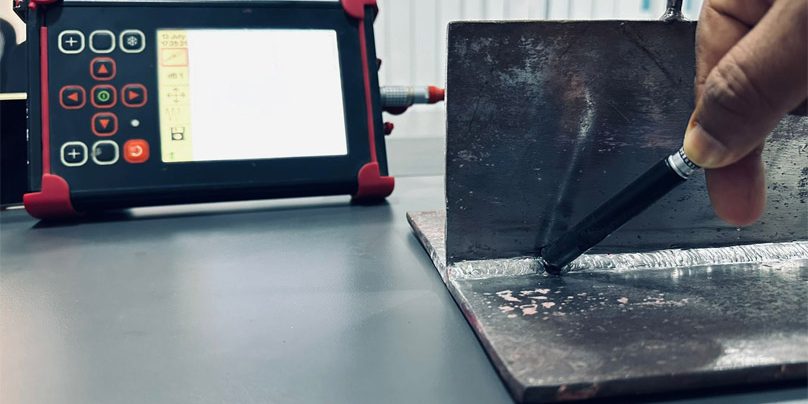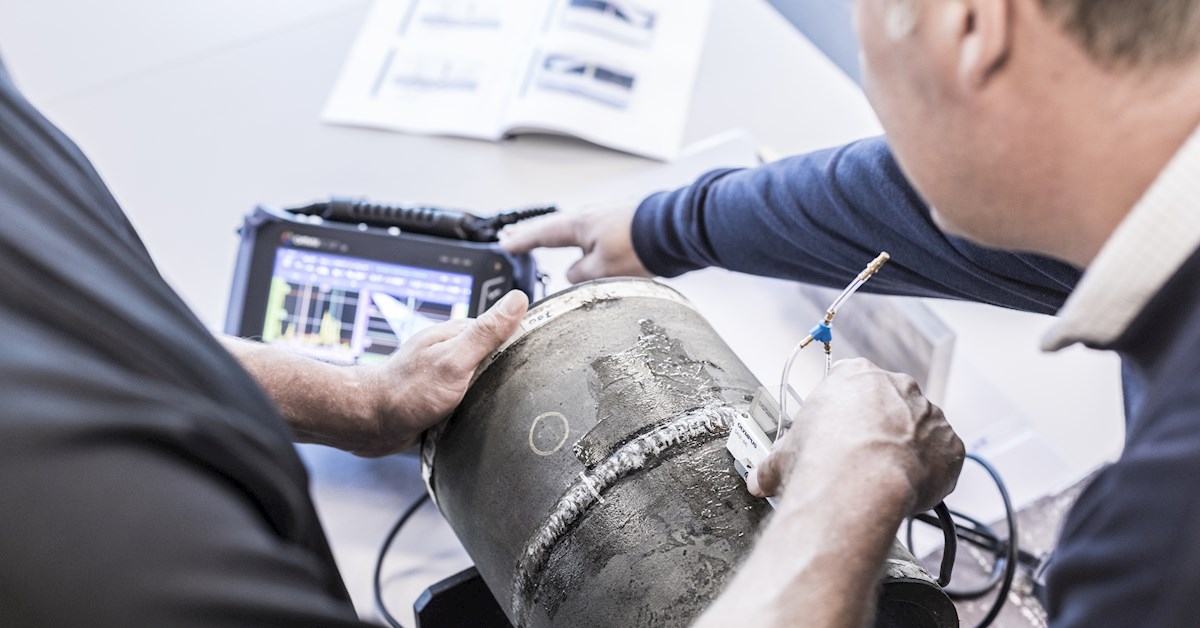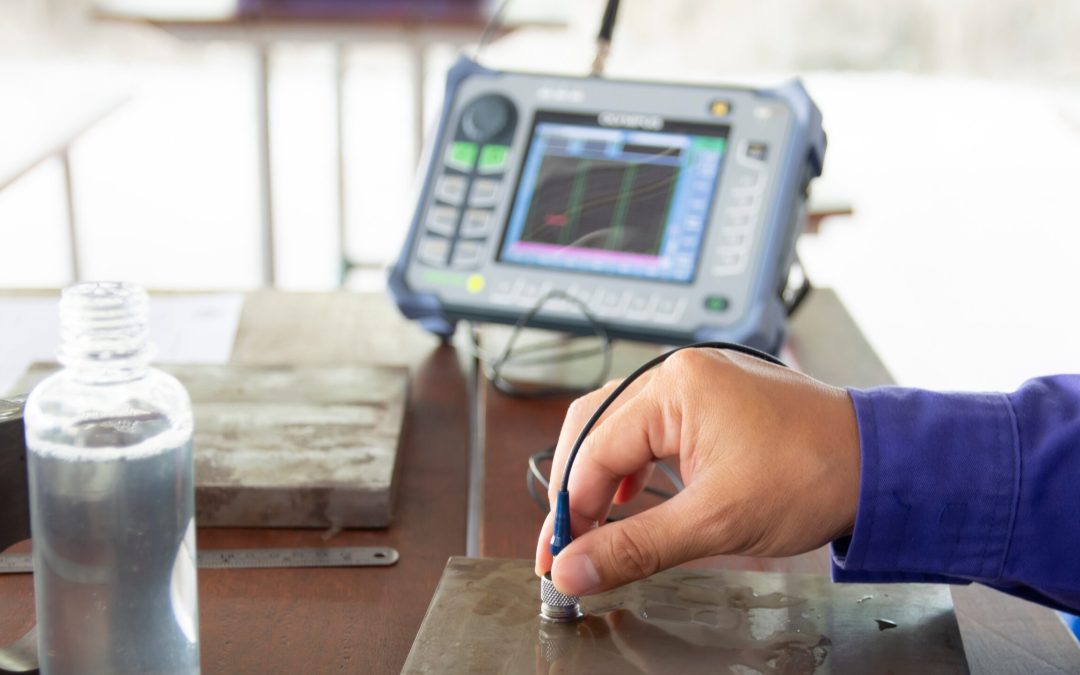In the realm of industrial quality assurance, the significance of precise frequency adjustment tips for ultrasonic inspection cannot be overstated. With the demands for accuracy and reliability in inspections continually increasing, understanding how to effectively adjust frequencies during ultrasonic inspection is essential. This guide delves into the core aspects of frequency adjustments, offering insights that are not only crucial for seasoned professionals but also valuable for newcomers.

Understanding Ultrasonic Inspection
Ultrasonic inspection is a non-destructive testing method that uses high-frequency sound waves to detect imperfections in materials. This technique is widely used across various industries, including aerospace, manufacturing, and construction, due to its ability to provide accurate results without damaging the test object.
The Importance of Frequency in Ultrasonic Inspection
The frequency of the ultrasonic waves plays a pivotal role in determining the inspection’s effectiveness. Higher frequencies provide better resolution, making them ideal for identifying small defects. Conversely, lower frequencies offer greater penetration, suitable for inspecting thicker materials. Proper frequency adjustment ensures that inspections are both accurate and efficient.
How to Adjust Frequency for Optimal Results
To achieve optimal results in ultrasonic inspections, it’s crucial to select the appropriate frequency based on the material and defect size. Here are some frequency adjustment tips for ultrasonic inspection:
- Assess the Material: Different materials may require different frequencies. For instance, metals often necessitate higher frequencies compared to plastics.
- Identify Defect Size: Smaller defects require higher frequencies for better resolution.
- Consider Thickness: Thicker materials benefit from lower frequencies that can penetrate deeper.
Tools and Technologies in Frequency Adjustment
Modern technology offers various tools and software that aid in frequency adjustment. For example, adaptive frequency control systems automatically adjust frequencies based on real-time feedback, enhancing inspection accuracy. Explore more about adaptive frequency control in inspection systems.
Challenges in Frequency Adjustment
Despite its advantages, frequency adjustment in ultrasonic inspection is not without challenges. These include:
- Environmental Factors: Temperature and humidity can affect wave propagation.
- Operator Skill Level: Effective frequency adjustment requires skilled operators.
- Equipment Calibration: Regular calibration is necessary to maintain accuracy.
Overcoming Frequency Adjustment Challenges
Addressing these challenges involves implementing robust training programs for operators and ensuring regular maintenance and calibration of equipment. For more insights on synchronization and calibration, check out this resource on calibration tests.
Innovations in Ultrasonic Inspection
Recent developments in machine learning and artificial intelligence have revolutionized frequency adjustment in ultrasonic inspections. These technologies enable more precise and adaptive adjustments, improving overall inspection outcomes. Learn more about machine learning for frequency optimization.
Future Prospects
The future of ultrasonic inspection is promising, with ongoing research focusing on enhancing frequency adjustment techniques. This includes the integration of more advanced AI algorithms and improved sensor technologies.
Conclusion
In conclusion, mastering frequency adjustment tips for ultrasonic inspection is crucial for quality assurance professionals. By understanding the intricacies of frequency selection and leveraging modern technologies, one can significantly enhance the accuracy and efficiency of inspections. For further reading on inspection frequencies, visit Aviva’s guide on inspection frequencies.

FAQs
What is the ideal frequency for ultrasonic inspection?
The ideal frequency depends on the material and defect size. Higher frequencies are suitable for small defects, while lower frequencies are better for thicker materials.
How does temperature affect ultrasonic inspection?
Temperature can influence the propagation of sound waves, potentially impacting inspection accuracy. It’s essential to account for environmental conditions during inspections.
What role does calibration play in frequency adjustment?
Calibration ensures that the equipment is functioning correctly and that the frequency settings are accurate, which is vital for reliable inspection results.
This article contains affiliate links. We may earn a commission at no extra cost to you.
